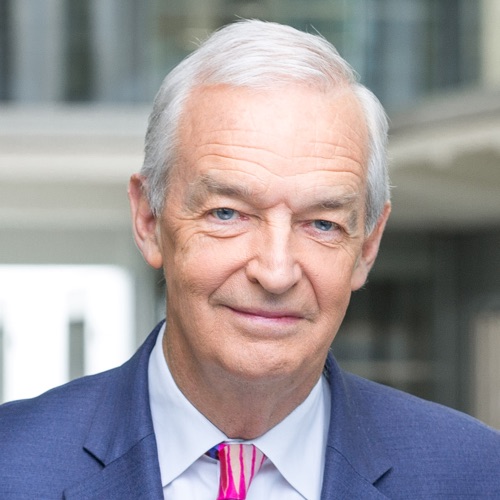A visit to Cern is a journey to the beyond
What strikes you as you arrive at Cern, is just how old the buildings are that house this vast 21st century scientific brilliance. ‘Sixties jerry-built’ would not be unkind – peeling paint, faded colours contrasting with what lies beyond – vineyards, stately chateaux shrouded in the Swiss mist. You get no sense of the beauty and scale of what lies below.
What captivates at Cern, is not just the scientific daring – pushing out beyond any frontier physics has ever known – but the extraordinary anthropological circumstance in which it is carried out.
I’ll come to the science in a moment. But imagine 1,000 PhDs from 38 countries supported by 2,000 other physicists and engineers, from 174 universities, supported by thousands staff from 100 countries across the world.
Indian, Pakistani, Israelis, Saudis (including, in particular, woman scientists) work alongside each other. There is the most extraordinary cohesion. And the leadership is meritocratic: every section director we met was amongst the finest physicist or engineer of his and her generation.
I was particularly struck by Professor Fabiola Gionnotti who gave up her concert piano career (from Bach to Debussy) to concentrate on physics and now leads the Atlas team that generates and finally processes the findings of the Hadron Super Collider.
Cern is a European venture, hatched in 1954 to harness the science that had played so infernal a role in war, for peaceful purpose. Amazingly Europe has funded it (£6bn to build, £1bn annual costs), ever since. It is proof, if proof were ever needed, that Europe as a selfless non-nationalistic entity can work.
So to the science – this extraordinary 27km ring under the Swiss-French borders beyond Geneva plays host to the igniting and projection of the most powerful beam in the world – blasted at just under the speed of light, to collide with another beam hurtling at the same speed. From the combustion of that collision flow many secrets of the universe.
Key amongst them the question as to whether Professor Higgs’ theory that there is a particle that plays a critical role in shaping mass. The scientists declare that they will definitely know whether the particle, the ‘Higgs Boson’, does, or does not exist sometime this year.
If it does not, the consequence will be as exciting as if it does. Because it will mean that something else is in play – and no one will have a clue quite what. But if it does, it will finally confirm the basis upon which particle physics is currently predicated.
We were taken right into the tunnel to see the vast Barrel Toroid magnets that bend the beams around the circle. But the great climax was to visit the massive cathedral-like chamber in which the ‘Detector’ is housed.
It is in and of itself a complex of unbelievable beauty. Bronze, silver, gold sheeted panels – box like elements with blue, red, yellow, and copper black wires threaded between them. A part on the left is like a great Richard Rogers tower – looking like the Pompidoou Centre in Paris. To the right the construct looks like a vast water wheel stacked with graceful metallic contraptions.
We were lucky – it had all been stilled for its winter maintenance. Towering more than a 150ft above us, we were reduced to midgets. Inside it all, men and women worked feverishly to ready it for its next great test.
Make no mistake – particle physics is as exciting as rocket propulsion and space science were for the last generation.
I’m no scientist – I was turned on to Cern by Rolf Heuer the director-general of the whole shooting match. I interviewed him in front of 1,000 people at the Hay Festival last year.
From my zero gravity feed of no information he fuelled me with an enthusiasm that has not waned to this day. I cannot wait for the Higgs Boson resolution. Delving deep into the sumptuous beauty of the apparatus that will make that great discovery has proved one of the most exciting of days.
By the way, one of the engineers told me that isolating the either existent or non-existent particle is like fishing, save that instead of taking the fish out, you take the water out – and they have just about extracted every drop that there is. Make of that as you will!
Follow Jon Snow on twitter @jonsnowc4

